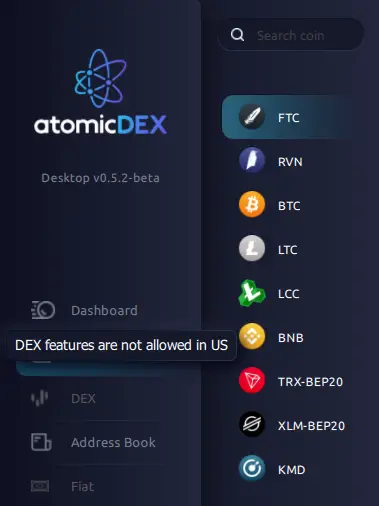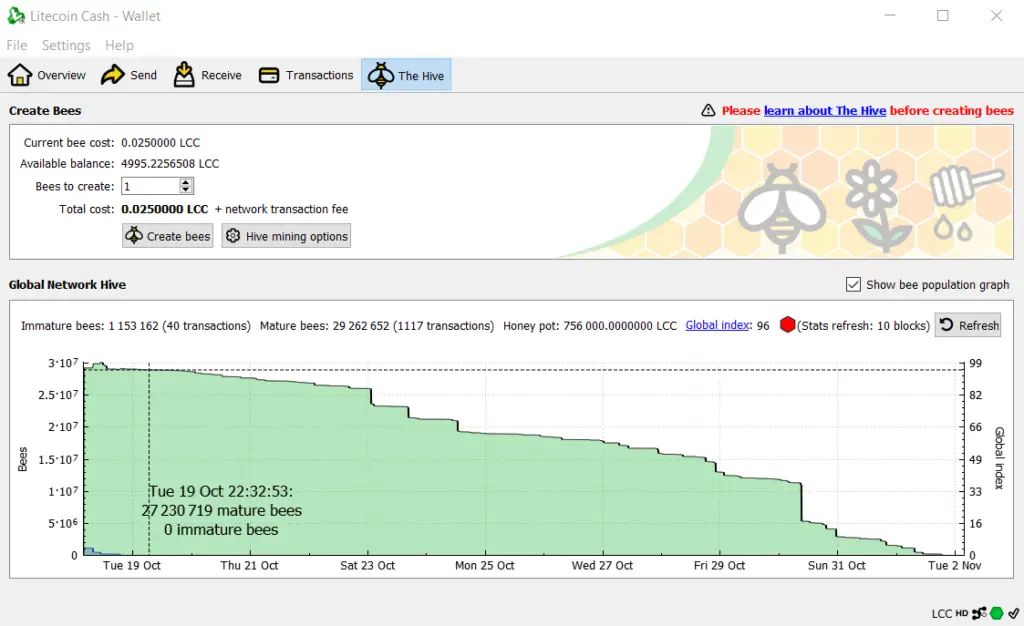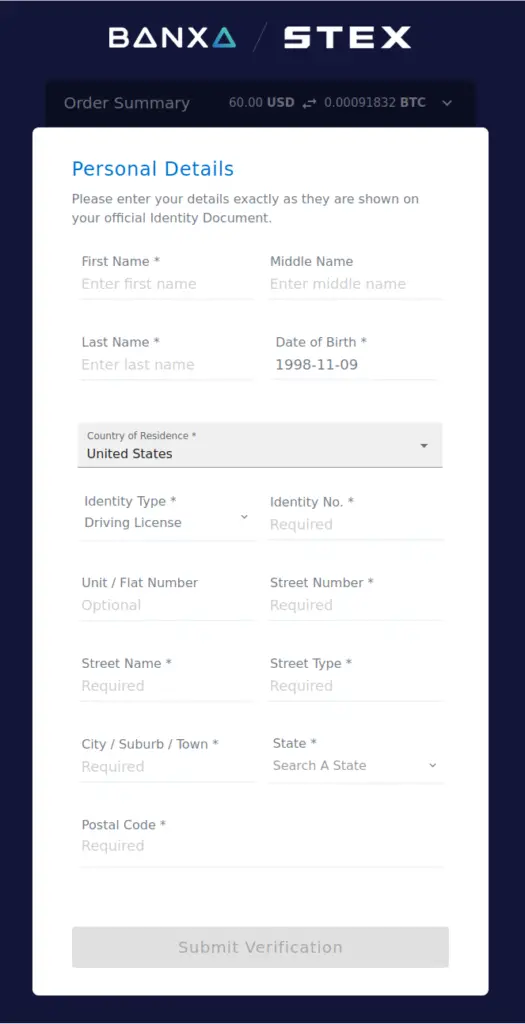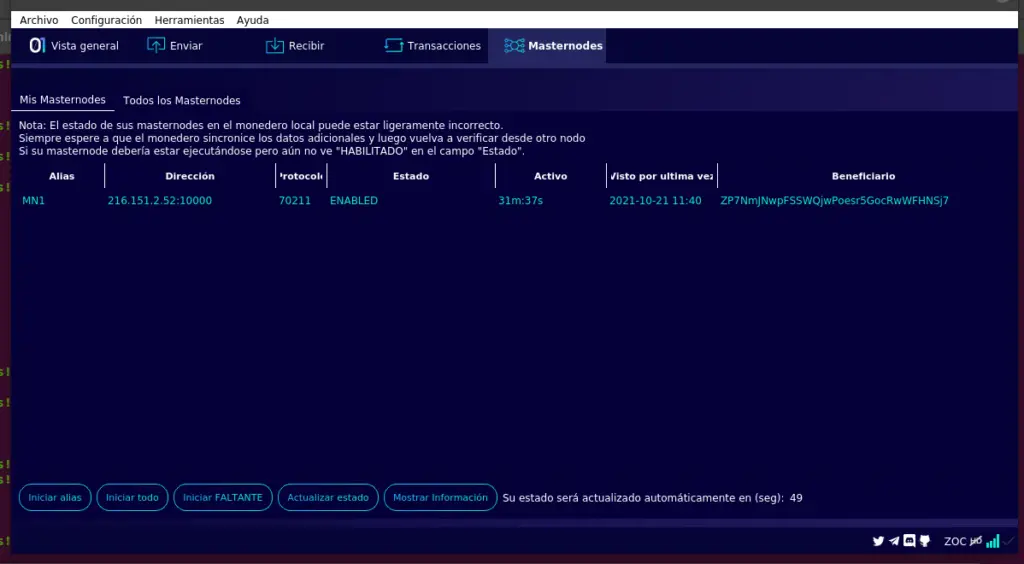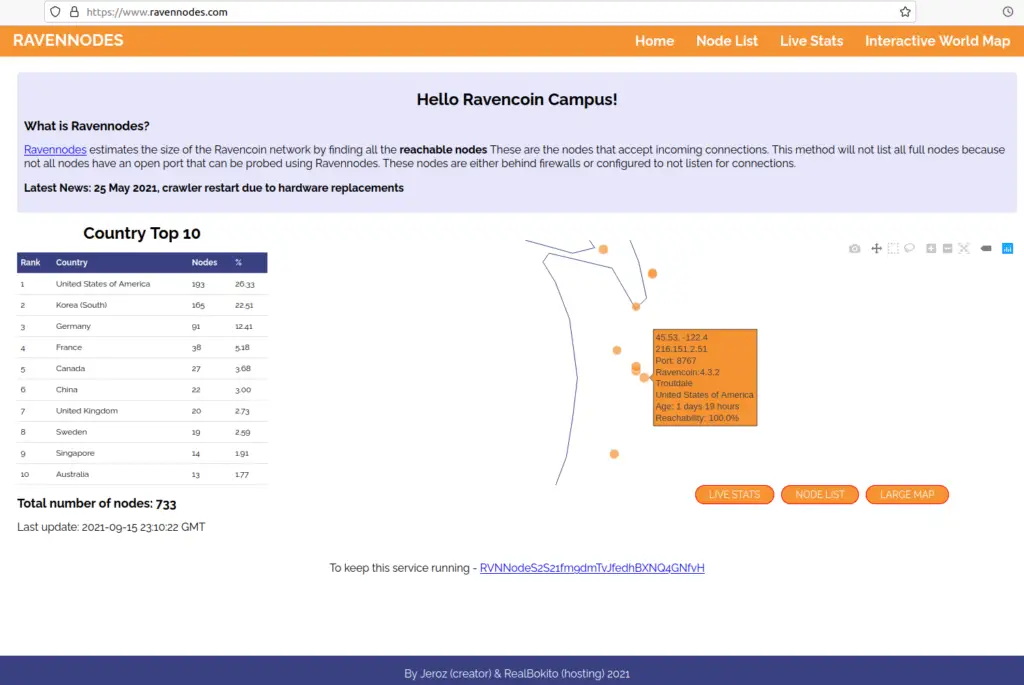Some of my recent posts might make it seem like I am pro-cryptocurrency.
I am not.
Yes, it was a fun playground to tinker around in for a bit, but I know it for what it is – a minefield of pyramid schemes, scams, hucksters, spammers, crooks, and a few honest but gullible suckers.
Cryptocurrency likes to promote itself by pointing out the flaws of a fiat-based central monetary system. The trouble is that it solves none of them, and introduces many more of its own.
Where do I start? It’s easy to manipulate, backed by nothing — essentially vapor — and if something goes wrong, your money disintegrates, or the supply explodes, or one of thousands of possible disasters when there are no central controls on something. At least a fiat currency is backed by a government — and those tend to have force to back up their claims.
It is also incredibly inefficient. Sure, forging metal into coins or paper/plastic into banknotes consumes energy and resources, but the majority of circulating currency is digital (via credit/debit cards) and no physical money changes hands. Meanwhile, with most (not all) cryptocurrencies, every transaction consumes energy. Yes, credit card terminals consume energy, but orders of magnitude less than Bitcoin and Ethereum.
Transactions are also incredibly expensive. Again, look at Bitcoin and Ethereum, where transactions regularly cost tens of dollars to process. You thought Paypal or Stripe fees were kind of high? Multiply them by tens or hundreds and you’re in the realm of crypto.
Reversibility is also an issue. With banks, when you try to send money to the wrong account, it either fails, or is reversible if it succeeds. With crypto, transactions are not reversible, and if you send money to an invalid address, that “money” is gone forever and you have no recourse and no way to recover it. You didn’t just “drop” the currency — you threw it into a black hole.
While there might be some interesting aspects to cryptocurrency that might help advance digital payment technologies of the future (backed by real governments and with a real legal framework to protect users and holders), cryptocurrency today has no value whatsoever. I don’t see that changing anytime soon.
By all means, play in your scam-playgrounds. Don’t be surprised when regulations catch up with you, and you’re in jail for fraud or tax evasion. I just wish it wasn’t necessary to burn forests in order to power this nonsense.

